Use of Mango in Foodservice on the Rise
Tuesday, 17 June 2014 13:41
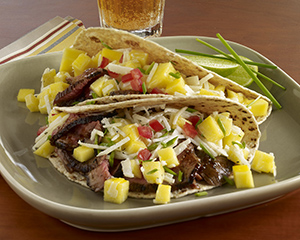 Research and trend predictions point in the same direction: Use more fresh mango on menus.
Research and trend predictions point in the same direction: Use more fresh mango on menus.
National Mango Board consumer research shows that consumption of mango continues to grow. The trend toward healthy dining, as well as increased interest in tropical and global flavors, creates buzz about fresh mango.
Most recently, a quantitative study by research firm Datassential confirms use of fruit overall on menus has increased since 2008, with mango the sixth-fastest-growing fruit, climbing to the ninth-most-commonly menued fruit in 2013.
Datassential research reveals that mangos are menued in all restaurant segments and usage is growing across regions, dayparts and cuisine types.

 Whether you maintain one or 21, building the practice of keeping a journal and recording key ideas and activities can very useful for three important reasons.
Whether you maintain one or 21, building the practice of keeping a journal and recording key ideas and activities can very useful for three important reasons. Are you dooming your students to failure by not focusing enough attention on helping them find and keep jobs after graduation?
Are you dooming your students to failure by not focusing enough attention on helping them find and keep jobs after graduation?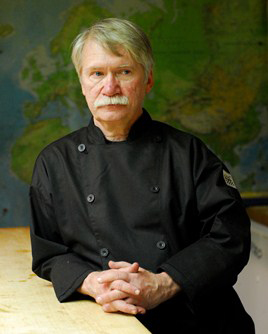 There should be no room for variance from a standard of expectation among all stakeholders—employers, faculty, parents and the students themselves. To ensure that culinary grads meet acceptable skill and aptitude standards, Chef Sorgule suggests employing a “passport.”
There should be no room for variance from a standard of expectation among all stakeholders—employers, faculty, parents and the students themselves. To ensure that culinary grads meet acceptable skill and aptitude standards, Chef Sorgule suggests employing a “passport.”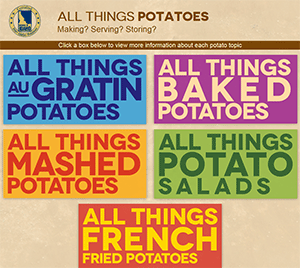 Potato prep problems? Your students are one click away from the solution. Questions about au gratin, baked, mashed, potato salad and french fries are answered online.
Potato prep problems? Your students are one click away from the solution. Questions about au gratin, baked, mashed, potato salad and french fries are answered online.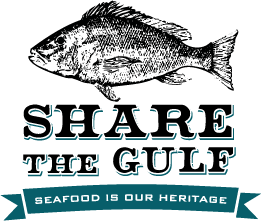 The 2013 initiative, which has gained much chef and operator support from states bordering the Gulf of Mexico, continues to strive to ensure sustainability of red snapper, grouper and other fish for sale in foodservice.
The 2013 initiative, which has gained much chef and operator support from states bordering the Gulf of Mexico, continues to strive to ensure sustainability of red snapper, grouper and other fish for sale in foodservice.
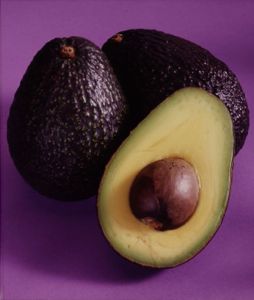 Which good fats to eat and which bad fats to avoid? There’s room for more education.
Which good fats to eat and which bad fats to avoid? There’s room for more education. The Research Chefs Association unveiled the latest in culinary arts and food science and technology in Portland, Ore., in March.
The Research Chefs Association unveiled the latest in culinary arts and food science and technology in Portland, Ore., in March. Technomic research reveals significant increased blueberry use across categories, suggests Gen-Y marketing opportunities.
Technomic research reveals significant increased blueberry use across categories, suggests Gen-Y marketing opportunities.